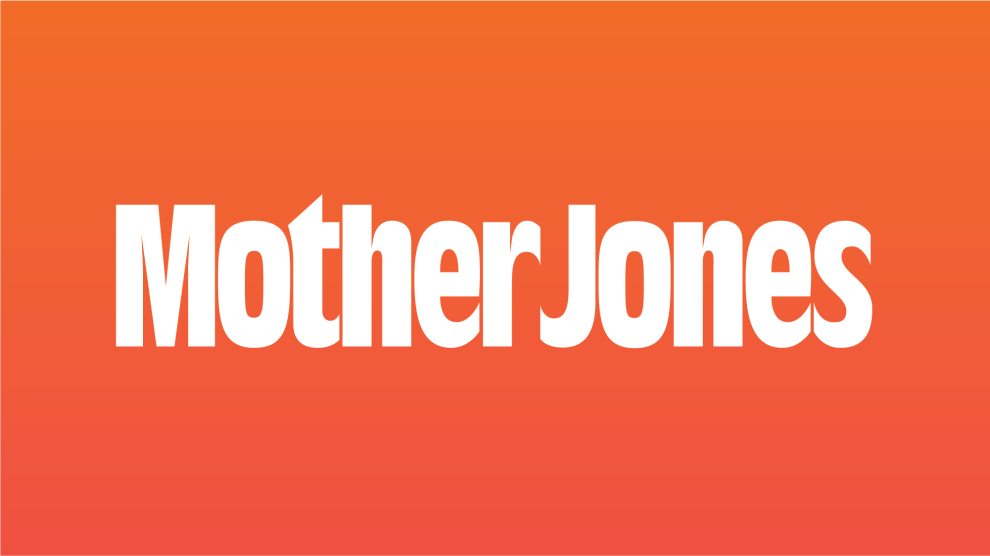
One of the fundamental causes of the housing bubble of the aughts was a global glut of investment money with nowhere productive to go. So instead it went into housing, causing bubbles in the U.S. and several other countries. When the bubble burst, the economy tanked. And since the United States is so big, the Great Recession affected the whole world.
Here in America, we’d like to believe that we learned our lesson. And maybe we did. But there’s still a global glut of investment money around, and there still aren’t enough productive uses for it. So where’s it going? Neil Irwin reports that Nouriel Roubini thinks it’s still going into housing:
Roubini doesn’t see bubbles in the places where they were most severe in the pre-2008 period. He doesn’t mention the United States or Spain or Ireland. Rather, Roubini sees housing prices getting out of whack in quite a few small and mid-sized nations that are well-governed and managed to avoid the worst economic effects of the financial crisis: Switzerland, Sweden, Norway, Finland, France, Germany, Canada, Australia, New Zealand and the London metropolitan area in the U.K.
….Roubini’s argument boils down to this: The major economies have been growing only slowly. Yet with low interest rates and aggressive central bank action across the globe, there is a giant pool of money that has to go somewhere. That somewhere has not been productive new investments, like companies building new factories. Rather, it has come in the form of people taking advantage of cheap credit to bid up the price of existing real estate in cities from Stockholm to Sydney.
The key problem, as it’s been for over a decade, is why investors can’t find enough productive uses for their money. Weak economic growth due to rising income inequality is one possibility. Another is the rise of cheap entertainment—Facebook, Xbox, World of Warcraft—which portends lower demand for physical goods and services in the future. Or maybe it’s because of steadily rising unemployment thanks to the growth of automation.
Whatever the reason, if this imbalance continues, it’s hard to see things turning out well in the medium term. We need either less capital formation or more consumer demand—or both. The alternative is bubble after bubble. They may come in different places and different things, but what other alternative is there?















